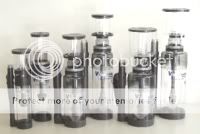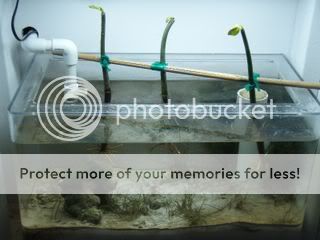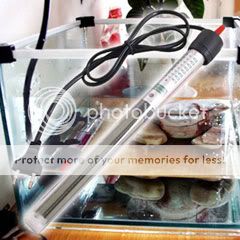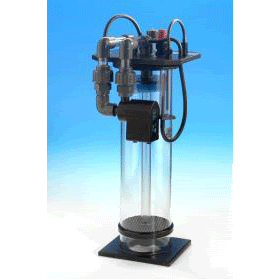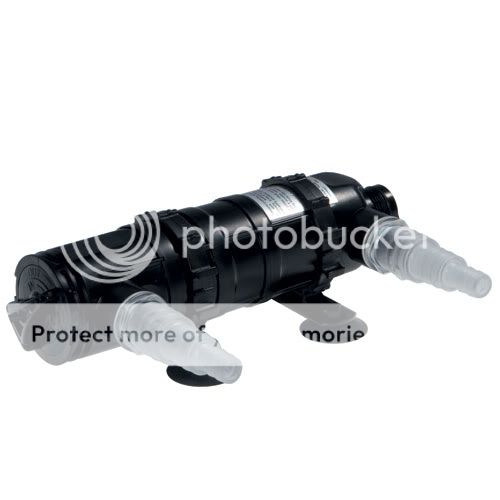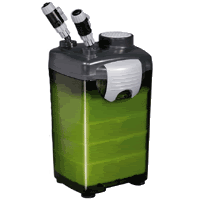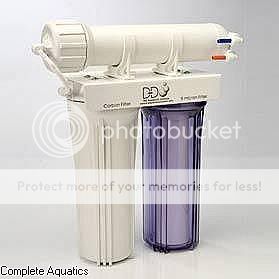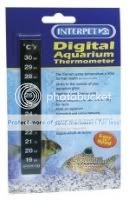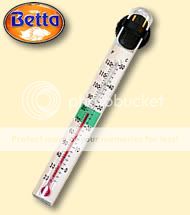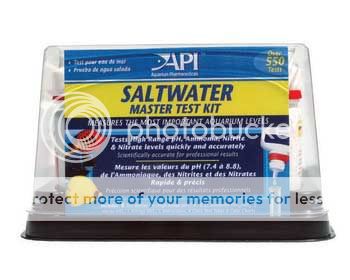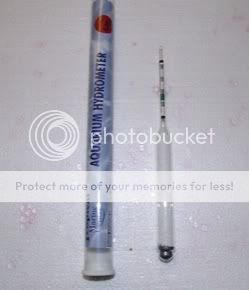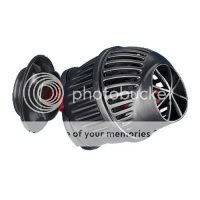This is meant as a basic guide for equipment used in marine tanks. While there is more to learn on everything, hopefully this covers the basics. If you want more info on what you want, open a thread and ask! Not all of the equipment here will be required, but if you are considering buying anything, why not ask a few questions? Find out what makes people like, and why. Either way, it's good to know what the equipment does before you invest a significant amount of money on it! So here I present a basic guide to marine equipment
Filtration Equipment:
Protein Skimmers
What Is A Protein Skimmer?
A protein skimmer is a device used to remove organic waste (such as protein...) from the water before it has a chance to decompose. This means that the waste will not add any more nitrogen to the water, which lightens the load on the filtration system.
What Does It Look Like?
How Does It Work?
They work by passing the water through a column of bubbles. The proteins will cling to the sides of the bubbles and collect in a cup at the top, allowing you to remove them.
More Info?
Hardware Of The Month Thread
Refugiums
What Is A Refugium?
A refugium is often the heart of a sump, the large section where you put in live rock, a deep sand bed, and grow microalgae or other basic life
What Does It Look Like?
How Does It Work?
Much like FW filters, the liverock, and sand will act as media, a place where the bacteria required in the nitrogen cycle can grow. But with added benefits. A deep sand bed, and live rock, will have areas where oxygen cannot reach, where another bacteria will go through a denitrifying process (get rid of the nitrogen instead of just make another form)
Heaters
What Is A Heater?
A heater is a device used to heat the water...
What Does It Look Like?
Looks can vary greatly from one type of heater to another. But there are 3 Main types. Firstly you have the standard "glass tube" style heaters, which aren't always glass tubes, you also get them covered in black plastic or anything. Secondly, you have "In-Line" heaters, which are put in the pipework to heater water as it flows through. Lastly, you get undergravel/sand heaters. These are a lot like underfloor heating in a house with a long wire which is shaped to cover the floor of the aquarium and then buried in sand/gravel.
How Does It Work?
Usually passing a current of electricity through a wire with high resistance, causing heat, Usually with a thermostat which reads the waters temperature and switches the heater off when temperature gets too high and back on when temp gets too low.
Reactors
What Is A Reactor?
A reactor is a device which either add beneficial minerals (in the case of calcium and kalkwasser) or remove potentially harmful ones (like phosphate). There are different devices aimed at each of these but they are similar in function so I have put them all together.
What Does It Look Like?
How Does It Work?
They usually work by placing a form of "media" into the device. With calcium and kalkwasser reactors, as water flows through, it will take some of the "media" with it, in the form of calcium, or limewater. levels difficult or impossible to achieve by hand dosing the tank.
In a phosphate reactor, the process is much closer to using carbon in a FW tank. As water flows through the "media", some magic happens involving ions and evil witches, removing phosphates.
In either case, regular maintenance is required to replace used media.
More Info?
Hardware Of The Month Thread
UV Sterilizers
What Is A UV Sterilizer??
A UV Sterilizer is an ultraviolet light housed in a tube. Used to kill SOME micro organisms, and water borne algae.
What Does It Look Like?
How Does It Work?
Couldn't be simpler, water is pump through the tube, and exposed to UV light, which kills off the bad stuff.
Canister Filter
What Is A Canister Filter??
A canister filter is the same as a regular external filter in a FW tank. Usually a small container with media in, as a place for bacteria to grow, it also incorporates a pump to get water flowing through.
What Does It Look Like?
How Does It Work?
Put simply, water is drawn in through a hose, through different compartments which hold different types of media, then the water goes through the pump, through a hose and back into the tank/sump. If you already use a sump, chances are you won't need the filter for its regular use, but it may still be useful as a place for chemical filtration, maybe filling it with carbon to clear meds, and then you only need to turn it on when something needs clearing.
Benthic Zones
What Is A Benthic Zone?
A benthic zone is the lowest part of a body of water. In simple terms, that means the substrate of your tank is a benthic zone, the bottom of the sump is a benthic zone. There are creatures which are only found in this area, often clinging to the bottom.
Water Preparation Equipment:
Reverse Osmosis Unit
What Is An RO Unit??
An RO Unit is a filter you can use to remove most of the impurities in your water supply.
What Does It Look Like?
How Does It Work?
It works by passing the water through a "membrane" or layer which allows water to flow through, but is too dense for anything mixed with the water (as an example, the process is used to remove salt from sea water, we are removing other solutesin much the same way).
De-Ionizer
What Is A De-Ionizer??
A De-Ionizer is similar to an RO Unit in its function. It is used to remove some of the impurities from the water.
What Does It Look Like?
very similar to the RO unit shown above
How Does It Work?
A De-Ionizer works by running an electrical current through the water and a special resin. Allowing ions to move from the water, to the resin, which is then wasted. As a side note, many aquarium systems are available which combine Reverse Osmosis and De-Ionization.
Testing Equipment:
Thermometers
What Is A Thermometer??
A thermometer is a small tool used to measure the temperature of the water
What Does It Look Like?
there are a few variations. one looks like a black sticker which sticks on the outside of the tank, one will be a little tube with markings down the side, with (usually) a red liquid inside, then you have digital ones with a small screen for the temp reading
How Does It Work?
the stick on ones, have a number of sections filled with a liquid which changes colour at different temps. the tubes are filled with a liquid which expands to fill more of the tube at higher temps.
Chemical Test Kits
What Is A Chemical Test Kit??
A chemical test kit is just that, a number of chemicals which are added to a water sample, turning it a different colour, used to determine how much of something you have in your tank. Common chemical tests are ammonia, nitrite, nitrate and pH, but there are also tests for many other things which can be found in tanks, as well as a number of pH tests which are more accurate within a specific range.
What Does It Look Like?
How Does It Work?
The chemical process is different for every test, but most are used the same. You take a sample of your tank water in a test tube, usually 5ml or 10ml. You add the test liquids as instructed (there is usually more than one for each test, to be added in order with a quick shake between) and wait the time (as stated by the test manufacturer, normally printed on the box, or instructions) and the water will change colour. you then compare this colour to a chart, and it will tell you how much of the chemical you are testing for is in the tank.
Hydrometer
What Is A Hydromter??
A hydrometer is a tool used to measure the specific gravity (the difference in density between what is being tested and the density of water).
What Does It Look Like?
How Does It Work?
the device itself is a cylinder with a weight at one end. the weight makes it float upright. when you lower it gently into water, there will be a point where it will float. The water level will mark the point where the cyclinder shows your specific gravity. They actually work on the principal of displacement, with the lower the density of the water, the more it will sink.
Other Equipment:
Powerheads
What Is A Powerhead??
A powerhead is a small submersible water pump
What Does It Look Like?
How Does It Work?
a small motor (powered by electricity) is used to pump water through the unit, and out the other side. The current created is usually quite narrow.
More Info?
Hardware Of The Month Thread
Hopefully this has been some use helping you understand the basics of equipment. now that you know what they do, you can be more informed when discussing them in the forum.




 /www.fishforums.net/index.php?showtopic=304549 or a dedicated article if someone has time to make it
/www.fishforums.net/index.php?showtopic=304549 or a dedicated article if someone has time to make it